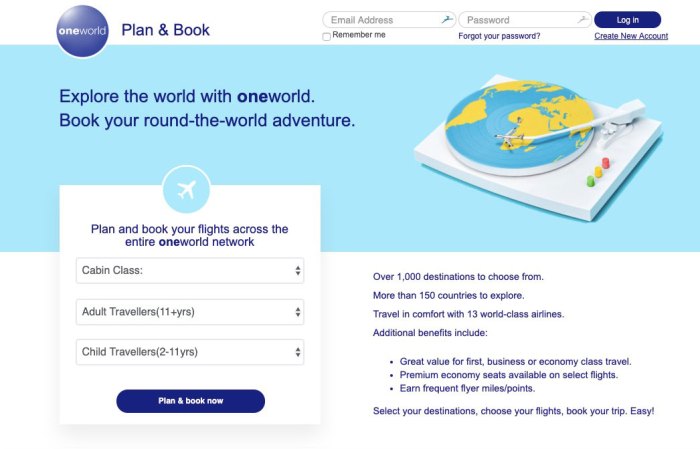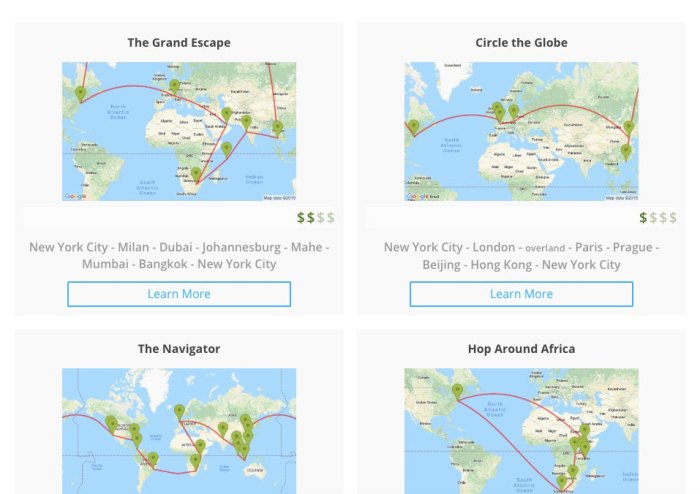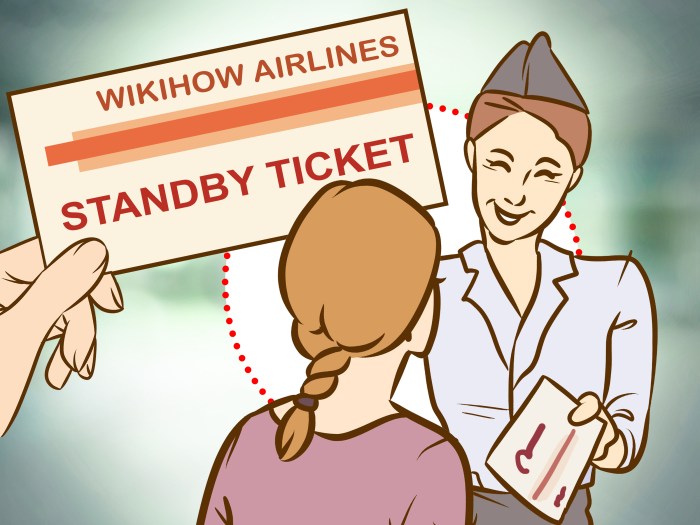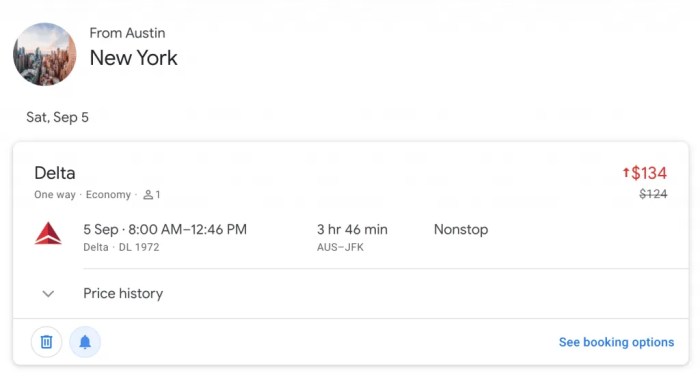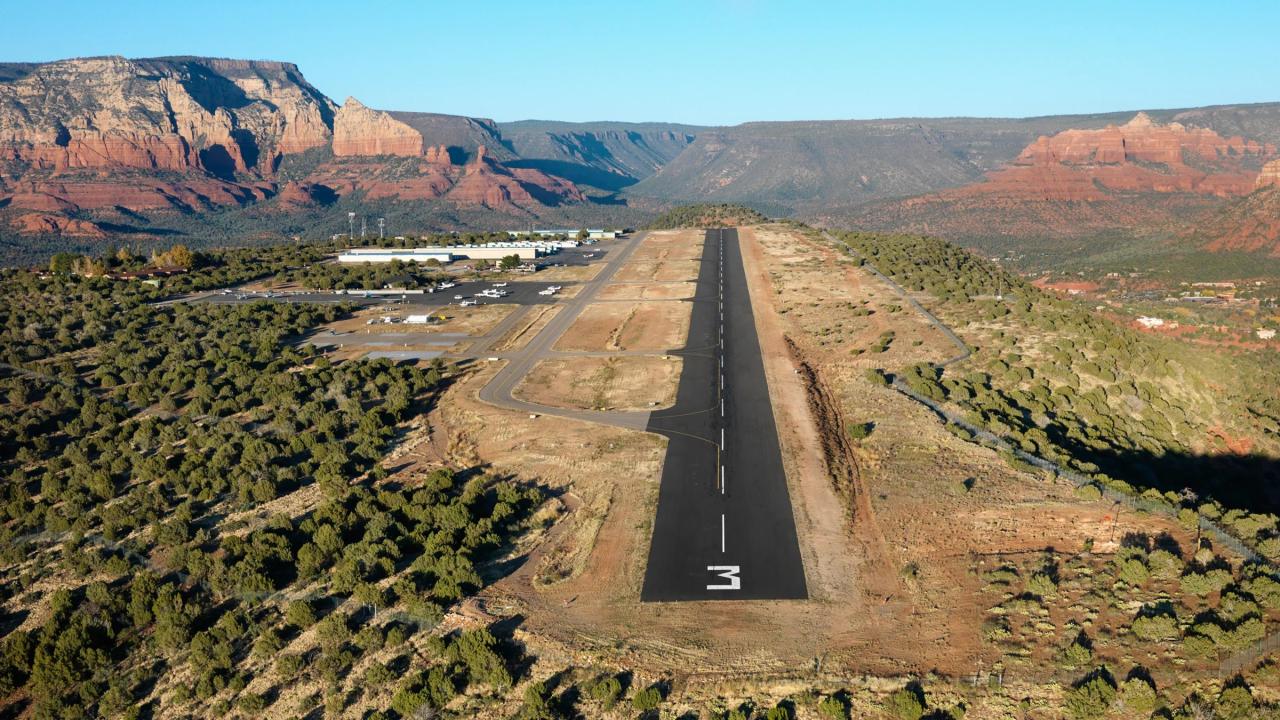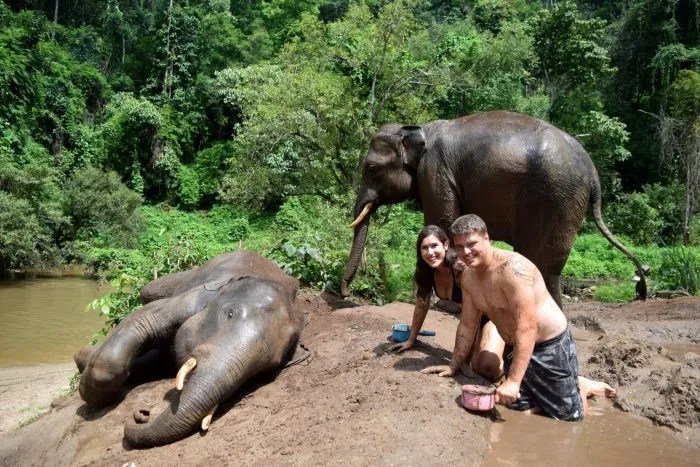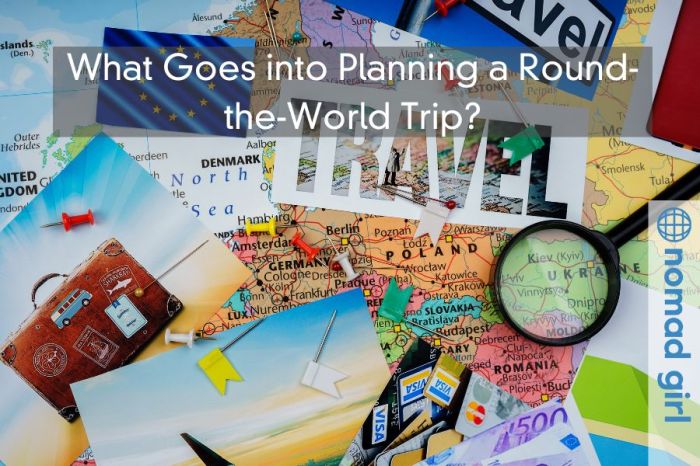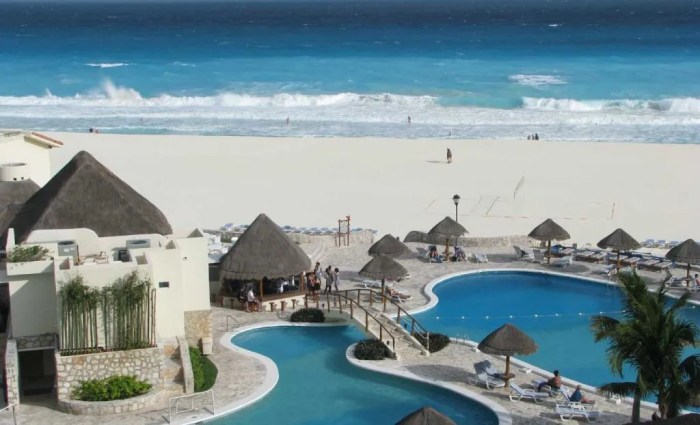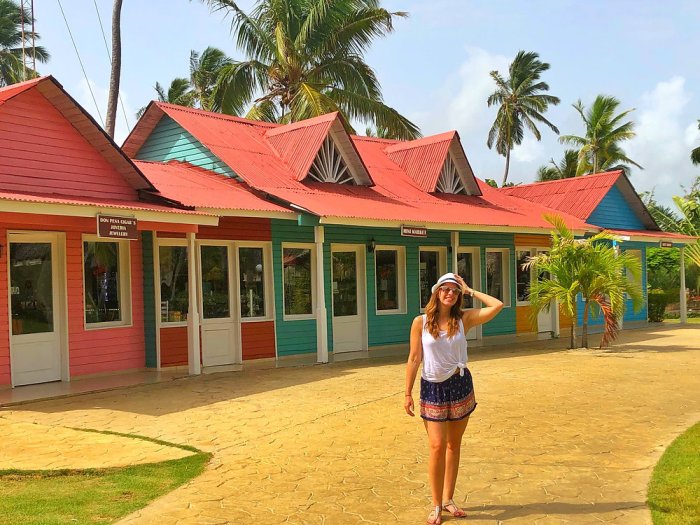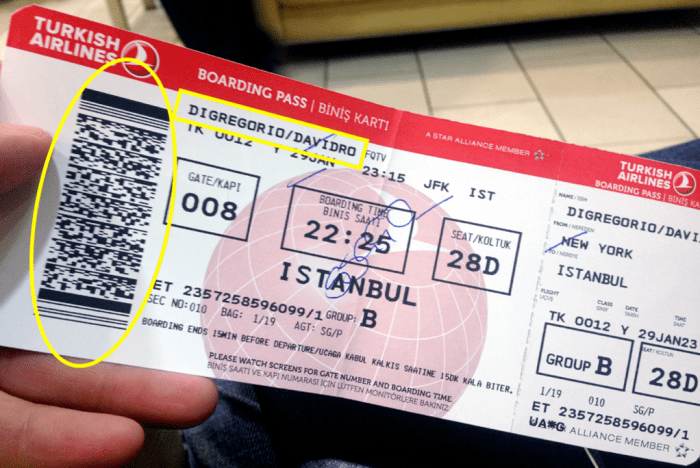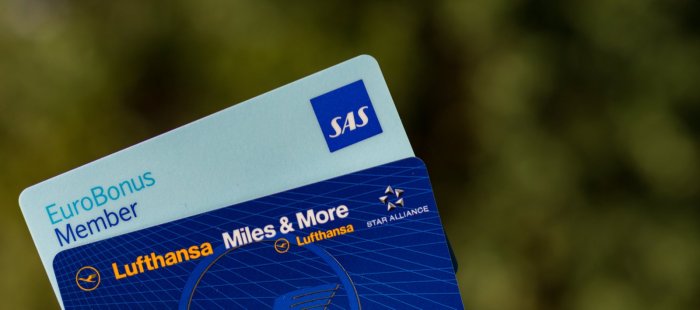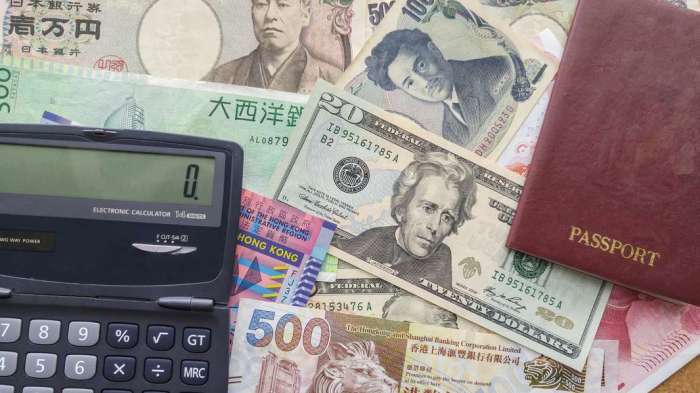How can I fly for free? This question sparks a journey into the world of unconventional travel, exploring everything from historical flight attempts to modern-day opportunities. From public events and DIY projects to legal and ethical considerations, this comprehensive guide reveals a wealth of strategies to achieve aerial freedom without breaking the bank.
Unlocking the secrets of free flight requires understanding diverse methods, evaluating opportunities, and considering the crucial aspects of safety and legality. The following sections delve into the possibilities, offering practical insights and a thorough analysis of the challenges involved.
Methods of Free Flight
The allure of soaring through the air without the constraints of engines or expensive equipment has captivated humans for centuries. From ancient kite-flying to modern-day paragliding, various methods have been employed to achieve this remarkable feat. This exploration delves into the diverse techniques of free flight, highlighting their historical context, underlying principles, and practical considerations.Achieving free flight transcends mere amusement; it represents a fascinating interplay between human ingenuity and the forces of nature.
Understanding the different approaches reveals a spectrum of capabilities, from simple to complex, each demanding varying levels of skill and resources.
Historical Methods of Free Flight
Early forms of free flight relied heavily on harnessing natural forces and rudimentary technologies. Kites, for example, have been used for centuries for entertainment, signaling, and even as a means of basic aerial observation. The principle behind kite flight is leveraging the wind’s lift to keep the kite aloft. This method requires understanding wind patterns and selecting appropriate materials for kite construction.
The earliest kites were simple structures, while modern designs incorporate advanced aerodynamics for enhanced performance.
Modern Methods of Free Flight
Modern free flight methods often employ more sophisticated techniques and technologies. Paragliding, a popular contemporary method, uses a large fabric wing to catch the wind’s lift. The pilot controls the direction and altitude by adjusting the position of their body relative to the wing. This method demands skill in maneuvering the wing and reading wind conditions. Hang gliding, another prominent method, utilizes a flexible wing supported by a frame.
Similar to paragliding, pilots control their flight by manipulating the wing’s position and using their body weight to maintain stability. The resources required for hang gliding include a hang glider, appropriate clothing, and a thorough understanding of aerodynamics.
Comparison of Free Flight Methods
| Method | Principles | Resources | Risks |
|---|---|---|---|
| Kites | Harnessing wind lift with simple structures | Basic materials (wood, paper, string), knowledge of wind patterns | Limited altitude, vulnerability to strong winds, risk of damage or loss |
| Paragliding | Large fabric wing catches wind lift, pilot controls direction and altitude | Paraglider, appropriate clothing, training | Risk of crashes, weather dependence, potential for injuries |
| Hang Gliding | Flexible wing supported by frame, pilot controls flight by manipulating wing position | Hang glider, appropriate clothing, training | Higher risk of accidents than paragliding due to greater speeds and maneuverability, weather dependence |
Resources and Skills Required
Each method of free flight demands specific resources and skills. Kites require basic materials and an understanding of wind conditions. Paragliding and hang gliding necessitate specialized equipment, rigorous training, and a comprehensive understanding of aerodynamics and flight control. The skills required vary, from simple kite-flying techniques to advanced maneuvers in paragliding and hang gliding.
Unlocking free flights often hinges on strategic planning and savvy travel hacks. Exploring various travel options, like Travel rewards programs and airline loyalty schemes, can significantly boost your chances. Ultimately, maximizing your chances of flying for free involves careful research and a touch of luck.
Free Flight Opportunities: How Can I Fly For Free
Unlocking the skies without the hefty price tag requires exploring various avenues. Public events and initiatives often provide unique opportunities for experiencing flight, from introductory flights to full-scale demonstrations. Understanding the conditions and details of these events is key to securing your place.Gaining free access to flight experiences involves more than just wishful thinking. Navigating registration procedures, understanding eligibility criteria, and knowing the terms and conditions associated with each opportunity are crucial steps in realizing your desire for free flight.
Public Events and Initiatives
Public events, often hosted by aviation clubs, schools, and government agencies, provide excellent opportunities for observing and sometimes even participating in free flight demonstrations. These events frequently include introductory flights for the public, showcasing the thrill and wonder of flight.
Free Flight Opportunities Overview
A range of free flight opportunities are available, each with specific conditions and benefits. Careful planning and attention to detail are essential for maximizing the chances of participating.
| Event | Date | Location | Registration |
|---|---|---|---|
| National Aviation Day | September 15, 2024 | Local Airport | Online registration required by September 10, 2024 |
| International Balloon Festival | October 26-28, 2024 | Desert Valley | Registration at the event site, limited spots available |
| Local Air Show | July 14-15, 2024 | Municipal Airport | No pre-registration, first come, first served |
| Introductory Flight Day | November 3, 2024 | Community College | Limited slots, contact the aviation club directly |
Conditions for Access
Each free flight opportunity has its own specific requirements for participation. These conditions may include age limits, pre-registration deadlines, and specific eligibility criteria. It’s vital to thoroughly review the requirements of each event to ensure compliance and increase your chances of success.
Benefits and Drawbacks
Participating in free flight opportunities offers a variety of benefits, from the thrill of experiencing flight to learning about aviation. However, drawbacks exist. For example, limited slots, specific location requirements, and rigid timetables might restrict participation. Understanding the advantages and disadvantages will help you make an informed decision.
DIY Free Flight Projects
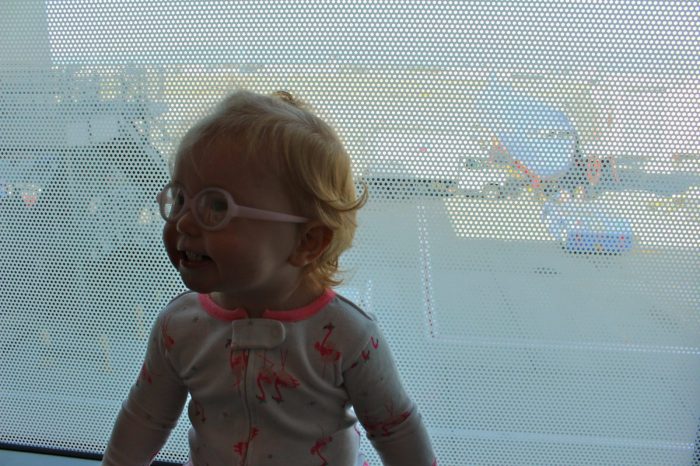
Source: ournextadventure.co
Crafting airborne devices from scratch presents a captivating blend of engineering and creativity. This approach allows individuals to tailor designs, materials, and functionalities to their specific interests and capabilities. From simple paper gliders to more intricate designs, the process fosters a deeper understanding of aerodynamics and flight principles. This section delves into the practical aspects of constructing your own free flight devices, outlining essential materials, safety protocols, and step-by-step construction guides.Understanding the fundamental principles of aerodynamics and lift is crucial for effective DIY free flight projects.
This involves grasping concepts like air pressure differences, wing shapes, and the interaction between the device and the surrounding air. A solid grasp of these principles is key to designing and constructing a device that achieves stable and controlled flight.
Basic Free Flight Device Construction
This section Artikels the essential steps for creating a simple, yet effective, free flight device. The chosen design prioritizes ease of construction and readily available materials, enabling individuals with varying skill levels to participate.
Materials Needed
- Lightweight wood or balsa wood sheets
- Strong, lightweight string or fishing line
- Paper or thin plastic sheeting
- Lightweight adhesive (e.g., glue stick, craft glue)
- Scissors or craft knife
- Ruler or measuring tape
- Safety glasses
This list provides the basic materials needed for the project, emphasizing the importance of using lightweight and strong materials to maximize flight performance. Careful selection of these materials will directly influence the device’s success and stability.
Safety Precautions
- Always work in a well-ventilated area.
- Wear safety glasses to protect your eyes from potential debris.
- Use caution when handling sharp objects like scissors or craft knives.
- Keep the device away from flammable materials.
- Supervise children closely during construction and operation.
These safety precautions highlight the importance of minimizing risks during the construction process. Adherence to these measures ensures a safe and enjoyable experience for all participants.
Construction Steps
Step 1: Design and cut the wing using the chosen material, ensuring a streamlined shape.Step 2: Construct the fuselage using lightweight wood or balsa wood sheets, creating a stable frame for the wing.Step 3: Secure the wing to the fuselage using the adhesive.Step 4: Attach the string or fishing line to the fuselage for control and release.Step 5: Carefully test the device’s balance and stability before releasing it.
These steps Artikel the sequential procedure for building the free flight device. Careful attention to each step is crucial for achieving a functional and stable design.
Real-World Examples
Many amateur inventors and hobbyists have successfully built and flown various free flight devices. Online forums and communities dedicated to model aviation frequently share detailed designs, construction methods, and flight testing results. These examples showcase the wide range of creativity and ingenuity in DIY free flight projects.
Legal and Ethical Considerations
Navigating the world of free flight necessitates a profound understanding of the legal and ethical implications. The pursuit of soaring without traditional means carries responsibilities that extend beyond personal enjoyment, impacting safety and the rights of others. Thorough knowledge of regulations and best practices is crucial for responsible free flight.Free flight, while potentially exhilarating, is not without its complexities.
Safety protocols, legal boundaries, and ethical considerations regarding public spaces and potential hazards are essential elements to consider before embarking on any free flight endeavor. Understanding the interplay of these factors will help prevent accidents and ensure a responsible and enjoyable experience.
Legal Implications of Free Flight
Laws governing airspace and public spaces are often nuanced and vary significantly by jurisdiction. A crucial aspect of free flight is adhering to local, state, and federal regulations regarding the use of airspace. This encompasses understanding altitude restrictions, flight paths, and required permits or licenses. Unauthorized or irresponsible flight can result in severe penalties, including fines and even criminal charges.
Ethical Considerations in Free Flight
The ethical considerations surrounding free flight are intertwined with safety and public well-being. Prioritizing the safety of others and respecting public space is paramount. Responsible free flight pilots must weigh the potential risks and benefits of their actions and take necessary precautions to mitigate hazards. This involves considering potential impacts on property, individuals, and the environment. Ethical free flight involves avoiding reckless behavior and adhering to best practices.
Hazards and Risks Associated with Free Flight Methods
Various free flight methods present distinct hazards. For instance, kite-flying, while seemingly innocuous, can pose risks to pedestrians, especially in populated areas. Wind conditions and the unpredictability of weather patterns can lead to unexpected maneuvers, increasing the chance of injury or damage to property. Understanding the limitations of each free flight method is crucial. Detailed analysis of wind patterns, potential obstacles, and safety equipment is essential.
Safety Protocols and Best Practices
Implementing comprehensive safety protocols is fundamental to responsible free flight. This includes pre-flight checks of equipment, adherence to weather conditions, and awareness of potential hazards. Having emergency plans in place and knowing how to respond to potential crises is crucial. Clear communication and visibility are key elements for minimizing the risks of free flight.
Examples of Regulations Applying to Free Flight
Specific regulations for free flight activities vary by location. For example, in urban areas, there might be stricter limitations on altitude and flight paths to protect public safety. Remote areas may have different regulations based on the impact on wildlife or the environment. Consulting local authorities and relevant aviation bodies is crucial to determine the applicable regulations.
Comparative Analysis of Regulations Across Jurisdictions
Regulations for free flight activities differ significantly across countries and even within different regions of the same country. Some jurisdictions have more lenient rules for certain types of free flight, while others impose stricter limitations due to unique circumstances. Understanding these differences and the underlying rationale behind them is essential for safe and legal flight. Countries with extensive airspaces and high population density typically have stricter regulations.
Illustrative Examples
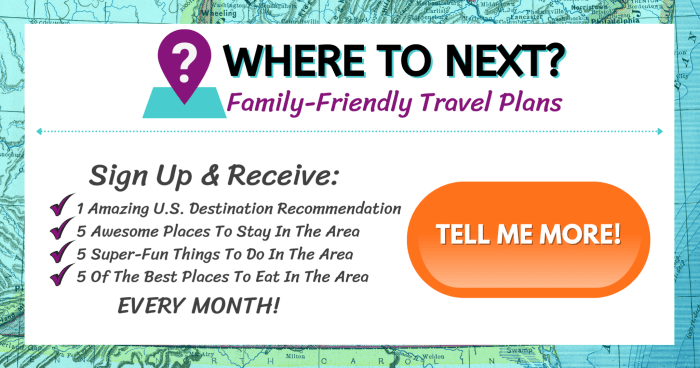
Source: mytravelobsession.com
The pursuit of free flight has captivated humanity for centuries, inspiring countless individuals to defy gravity and explore the boundless sky. From ancient myths to modern innovations, the desire to soar has driven remarkable feats and enduring challenges. These examples illuminate the enduring human spirit and the complexities of achieving this seemingly impossible dream.Early attempts at free flight, though often met with failure, laid the groundwork for future advancements.
Understanding these endeavors, their motivations, and the obstacles faced provides valuable context for modern free flight pursuits. The challenges and triumphs, failures and successes, offer crucial insights into the risks and rewards of such ventures.
Captivating Stories of Free Flight Attempts
Early free flight attempts were often driven by a combination of scientific curiosity, a desire for adventure, and a yearning to understand the forces of nature. Numerous individuals, driven by this ambition, attempted various methods to achieve flight, from simple kites to elaborate contraptions. These stories highlight the unwavering determination and often-unconventional approaches that marked these early explorations.For instance, the tales of individuals like Otto Lilienthal, a pioneer in gliding, offer valuable insights into the challenges of controlling flight and the importance of meticulous preparation.
His meticulous records and detailed studies of bird flight provided crucial knowledge that influenced later generations of aviators.
Historical Overview of Famous Free Flight Attempts
The quest for free flight spans centuries, evolving from rudimentary attempts to sophisticated engineering marvels. Notable figures like Leonardo da Vinci, with his detailed sketches of flying machines, and the Wright brothers, whose groundbreaking experiments led to the first successful sustained, controlled flight, represent pivotal moments in the history of aviation. These figures represent the relentless pursuit of flight, showcasing the evolution of ideas and the culmination of years of research and innovation.A significant example is the pioneering work of the Wright brothers.
Their methodical approach, incorporating meticulous experimentation and data analysis, paved the way for modern aviation. Their persistence and dedication to improving their designs, through repeated trials and meticulous observations, are exemplary.
Image Description: A Gliding Pioneer
The image depicts Otto Lilienthal, a German engineer and aviator, in a gliding suit during one of his experimental flights. The scene evokes the early days of aviation, with the backdrop of open skies and a sense of raw, untamed freedom. Lilienthal’s determined expression and the intricate design of his glider, reflecting the rudimentary understanding of aerodynamics of that era, underscore the significant risks involved in these early attempts.
This image embodies the spirit of innovation and the challenges faced by early pioneers of free flight.
Challenges Faced by Individuals Pursuing Free Flight
The pursuit of free flight presents numerous challenges, ranging from technical hurdles to the inherent risks involved. Understanding these difficulties is crucial for appreciating the dedication and courage of those who attempt such feats. Developing safe and effective designs and navigating the complexities of aerodynamics are essential components of any successful free flight endeavor.For instance, factors such as wind conditions, weather patterns, and the controllability of the flight apparatus directly impact the safety and success of the attempt.
The need for meticulous planning and meticulous execution is evident in the context of free flight.
Importance of Preparation and Safety in Free Flight Attempts
Thorough preparation is paramount for any free flight attempt. A detailed understanding of the environment, meticulous design, and extensive testing are essential to mitigate risks. Safety protocols and contingency plans should be developed to ensure the well-being of the individual and prevent potential accidents. A robust understanding of the environment, coupled with a comprehensive safety plan, is vital.Careful consideration of environmental conditions, including wind patterns and weather forecasts, is essential for safe flight.
Unlocking free flights often hinges on strategic travel planning. Consider the optimal approach to global exploration; exploring various travel methods and discounts is key. The best way to go travelling often involves a blend of budget-friendly choices and maximizing rewards programs. Ultimately, the quest for free flights necessitates a multifaceted strategy.
Rigorous testing of the flight apparatus is also critical to ensure stability and controllability, and the potential for malfunctions should be considered.
Image Description: A Modern Free Flight Attempt
The image captures a modern paraglider soaring gracefully through the sky. The vibrant colors of the paraglider against the vast blue sky symbolize the innovation and advancement of free flight technology. The sleek lines and sophisticated design of the paraglider highlight the remarkable engineering that underpins these modern free flight methods. The image underscores the balance between the thrill of free flight and the inherent risks involved in such ventures.
While flying for free might seem elusive, exploring the great outdoors offers a different kind of reward. Consider exploring popular hiking trails near me, like those listed on popular hiking trails near me. These adventures, often free or low-cost, can provide a refreshing escape and potentially inspire innovative ways to achieve free travel, perhaps by leveraging unique skills or experiences.
Future Prospects of Free Flight

Source: gobankingrates.com
The pursuit of free flight, once relegated to science fiction, is rapidly transitioning into a tangible reality. Emerging technologies and innovative approaches are reshaping the landscape of personal and commercial transportation, promising a future where the skies are more accessible and efficient than ever before. This evolution presents a compelling interplay of potential benefits and challenges, requiring careful consideration of societal implications and ethical considerations.Advancements in various fields are converging to fuel this revolution.
From revolutionary propulsion systems to sophisticated airspace management strategies, the potential for transformative change is significant. This evolving field requires a keen understanding of the technological hurdles and societal implications that lie ahead.
Unlocking free flights often hinges on savvy travel strategies. Understanding global airfare trends, like round the world air tickets prices , is key. Analyzing these patterns can illuminate opportunities for discounted or even complimentary flights, depending on your flexibility and travel dates.
Emerging Technologies and Advancements
A confluence of innovative technologies is poised to redefine free flight. These advancements encompass not only propulsion systems but also materials science, aerodynamics, and airspace management. Lightweight, high-performance materials are crucial for reducing the weight of aircraft, enabling longer flight times and increased payload capacity. Moreover, advancements in electric propulsion and alternative fuels offer sustainable and environmentally friendly options.
The integration of AI and automation is also vital for efficient flight path optimization, automated landings, and improved safety protocols.
Potential Impact on Society
The societal impact of free flight is multi-faceted. Improved accessibility to remote areas, reduced transportation costs, and new economic opportunities are potential benefits. However, issues like potential job displacement in traditional aviation, the need for infrastructure upgrades, and the management of increased airspace congestion must be addressed. Increased accessibility could also impact existing communities and necessitate careful planning and resource allocation.
Influence on the Future of Free Flight, How can i fly for free
The future of free flight hinges on the ability to integrate these advancements responsibly and effectively. The adoption of electric propulsion systems, for instance, will be critical for reducing environmental impact. The development of automated flight systems will enhance safety and efficiency. Addressing airspace management challenges will be essential for mitigating congestion and maintaining order in the skies.
These considerations will influence the feasibility, practicality, and accessibility of various free flight options.
Potential Benefits and Drawbacks
Potential benefits of free flight include increased accessibility to remote locations, reduced transportation times, and cost savings. However, potential drawbacks include increased airspace congestion, environmental impact, and job displacement in the traditional aviation sector. Careful consideration of the economic, social, and environmental implications of these technologies will be essential for shaping a sustainable and equitable future.
Expert Opinions and Predictions
Industry experts predict a significant shift towards electric and autonomous free flight systems within the next two decades. This transition will be gradual, with initial applications in specific sectors like cargo delivery and personal transportation. Experts highlight the importance of developing robust regulatory frameworks to ensure safety and security in a more complex airspace. Further, they emphasize the need for international collaboration to address global airspace management challenges.
Final Conclusion
The quest to fly for free is a multifaceted endeavor. While no single method guarantees effortless aerial travel, this exploration reveals numerous avenues for pursuing this dream. From historical precedents to modern initiatives and even DIY projects, the possibilities are surprisingly diverse. However, understanding the legal, ethical, and safety considerations is paramount. Ultimately, a thorough understanding of these facets, along with a commitment to safety, is crucial for anyone considering this unconventional form of travel.
Detailed FAQs
What are some historical examples of free flight attempts?
Throughout history, individuals have attempted free flight using various contraptions and methods. Early examples often involved rudimentary gliders and kites, demonstrating an enduring human fascination with flight. The persistent pursuit of this dream highlights the innovative spirit of humanity.
What are the legal implications of attempting free flight?
Laws regarding free flight vary significantly across countries and jurisdictions. Understanding these regulations is critical to avoid potential legal issues. Violation of airspace regulations or safety codes could result in penalties. Always prioritize compliance with local laws.
Are there any public events or initiatives related to free flight?
Many communities host events or initiatives that offer opportunities for experiencing flight without significant financial expenditure. These events may include public demonstrations, workshops, or competitions, often open to the public. Checking local event calendars and online resources can reveal such opportunities.
What safety precautions should I take when attempting DIY free flight projects?
Safety should be the top priority when engaging in DIY free flight projects. Thorough planning, the use of appropriate materials, and adherence to safety guidelines are crucial. Always prioritize your well-being and the safety of those around you.
